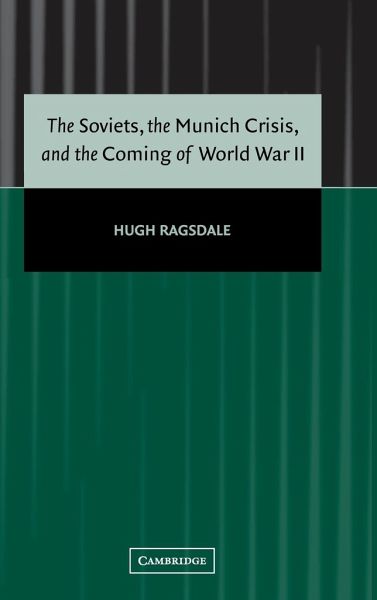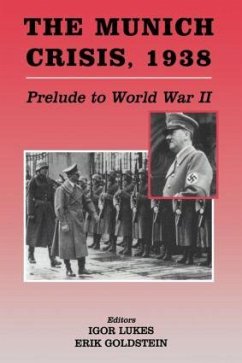
The Soviets, the Munich Crisis, and the Coming of World War II

PAYBACK Punkte
52 °P sammeln!
The Munich crisis is everywhere acknowledged as the prelude to World War II. If Hitler had been stopped at Munich then World War II as we know it could not have happened. The subject has been thoroughly studied in British, French and German documents and consequently we know that the weakness in the Western position at Munich consisted in the Anglo-French opinion that the Soviet commitment to its allies - France and Czechoslovakia - was utterly unreliable. What has never been seriously studied in the Western literature is the whole spectrum of East European documentation. This book targets pre...
The Munich crisis is everywhere acknowledged as the prelude to World War II. If Hitler had been stopped at Munich then World War II as we know it could not have happened. The subject has been thoroughly studied in British, French and German documents and consequently we know that the weakness in the Western position at Munich consisted in the Anglo-French opinion that the Soviet commitment to its allies - France and Czechoslovakia - was utterly unreliable. What has never been seriously studied in the Western literature is the whole spectrum of East European documentation. This book targets precisely this dimension of the problem. The Romanians were at one time prepared to admit the transfer of the Red Army across their territory. The Red Army, mobilised on a massive scale, was informed that its destination was Czechoslovakia. The Polish consul in Lodavia reported the entrance of the Red Army into the country. In the meantime, Moscow focused especially on the Polish rail network. All of these findings are new, and they contribute to a considerable shift in the conventional wisdom on the subject.














